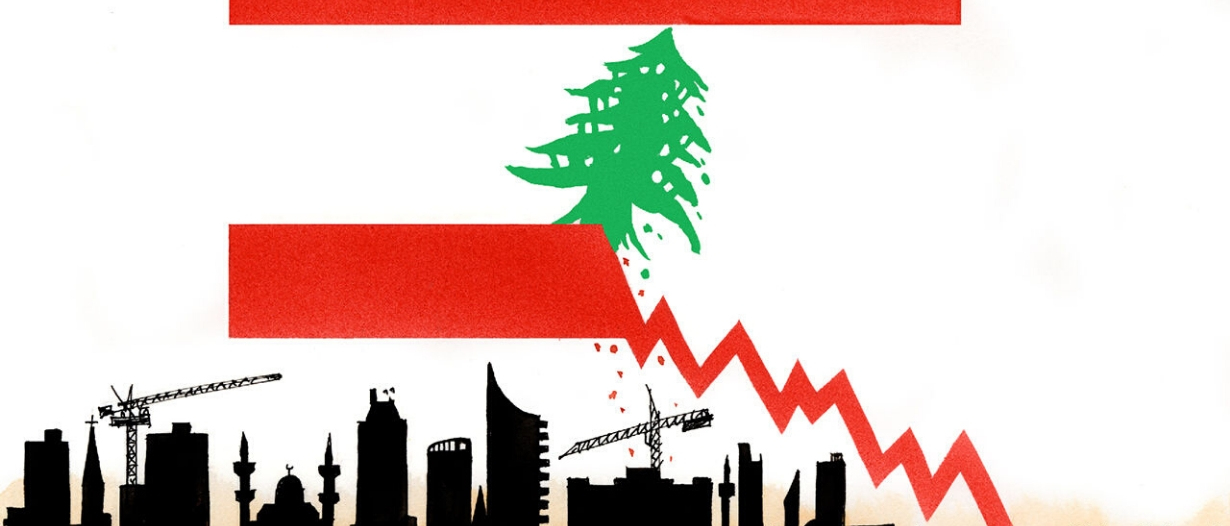For over a month, political and economic tensions have been troubling the small middle-eastern nation. As turbulent exchange rates wreak havoc on the country’s economy, many are asking: what’s next?
A Two-Currency Economy
Lebanon’s economy is markedly different from that of many other nations. One of its defining factors is that two currencies are used interchangeably in day-to-day interactions. Until very recently, the Lebanese pound and the American dollar were so substitutable that “it was common to pay for a meal or taxi in one currency and receive change in the other, or in a combination of both”. Indeed, “was” is the operative verb here. This enormous degree of reciprocity between currencies has been steadfastly maintained by the Lebanese Central Bank (Banque Du Liban, or BDL) since 1997 through the use of a currency peg — 1500 Lebanese pounds to the dollar. After over twenty years of status quo, markets are finally starting to buckle under the weight of such a firm policy. The Lebanese pound is in freefall, and neither banks nor governments seem to know what to do.
The government insists that pound still be traded at the pegged rate. In reality, black markets for currency now have a dollar trading for as much as 1750 Lebanese pounds. This poses enormous problems for the country’s economy. Some sectors which sell in pounds but buy in dollars are finding themselves increasingly unable to stay afloat, with perhaps the most critical of these being fuel and wheat. Employees who are used to getting paid in dollars rather than pounds are seeing their paychecks either get delayed, or denominated in the less-stable pound.
Understandably, this has triggered a run on the bank. Anxious to exchange an unstable currency for a stable one, citizens are rushing to pull dollars out of their accounts, or to trade in their pounds for dollars. Of course, this only triggers further falls in the pound, as the cycle of depreciation continues. Banks, fearful of such an outcome, have begun to impose rules to prevent people from accessing their dollars. ATMs have been closed, and dollar withdrawal limits established. Video evidence has shown that some bank branches are so protective of their USD reserves that they refuse to allow deposits of Lebanese pounds. This all reached its tipping point late last month when banks closed for two weeks, and reopened on November 1st.
So how did this exchange rate crisis begin?
Political instability provides part of the answer. Lebanon has been seeing protests since late September, which peaked in mid-October after the government attempted to tax services like WhatsApp (many Lebanese rely on such services since traditional telecommunications channels are “prohibitively expensive”). Undoubtedly, this political turmoil leads people to want to withdraw their funds, contributing to a currency crisis.
But that’s not the whole story. Others point to Lebanon’s enormous debt (much of it denominated in American dollars) as the principal issue. Maintaining the currency peg of 1500 pounds to the dollar required a continual flow of new dollars into Lebanon, which the country enticed by offering higher and higher interest rates to wealthy investors. Such a policy is unstable in the long run. Political instability started to scare away investors just as Lebanon found itself needing to make good on two decades worth of high interest rates. The flow of new dollars is drying up, and Lebanese policymakers now find themselves faced with a debt-to-GDP ratio of over 150% — one of the highest in the world.
To quote a risk-management analyst from a leading Lebanse bank: “The central bank was absorbing all the dollars to stabilize the Lebanese pound for over a year. Subsequently, our foreign currency reserves diminished. This crisis is not a result of [the protests], it’s been a long time coming“.
Political Tensions Compound the Crisis
PHOTO: Mohammad Safadi speaks at a 2010 summit, back when he served as Lebanon’s Minister of Economy and Trade.
The economic crisis feeds into the political one, and vice-versa. On October 29th the resignation of Prime Minister Saad Hariri was hailed as a victory for protestors, and shortly thereafter banks reopened. For a moment a return to normalcy seemed possible, as Lebanon’s leading parties agreed to appoint one Mohammad Safadi as Hariri’s successor. However, on the 12th of November banks went on strike due to safety concerns, marking their second closure in less than a month. Citing an inability to form a government, Safadi withdrew his candidacy shortly thereafter, on November 16th.
At the time of writing this article, bank workers are set to remain on strike. It seems that Lebanon will have to weather this banking crisis until a new government is formed. Investors will be avoiding the country for a long while, which will only exacerbate its exchange rate woes. As protests continue to ravage a country that lacks stable leadership, a solution seems a long way off. Decades of flawed policy is what led the country to this point, and only long-term, potentially uncomfortable measures can bring it back.
Lebanon thus serves as an excellent case study, demonstrating how policies that are attractive in the short term (such as those used to maintain the 1500:1 peg) can become dangerous and detrimental in the long run.























